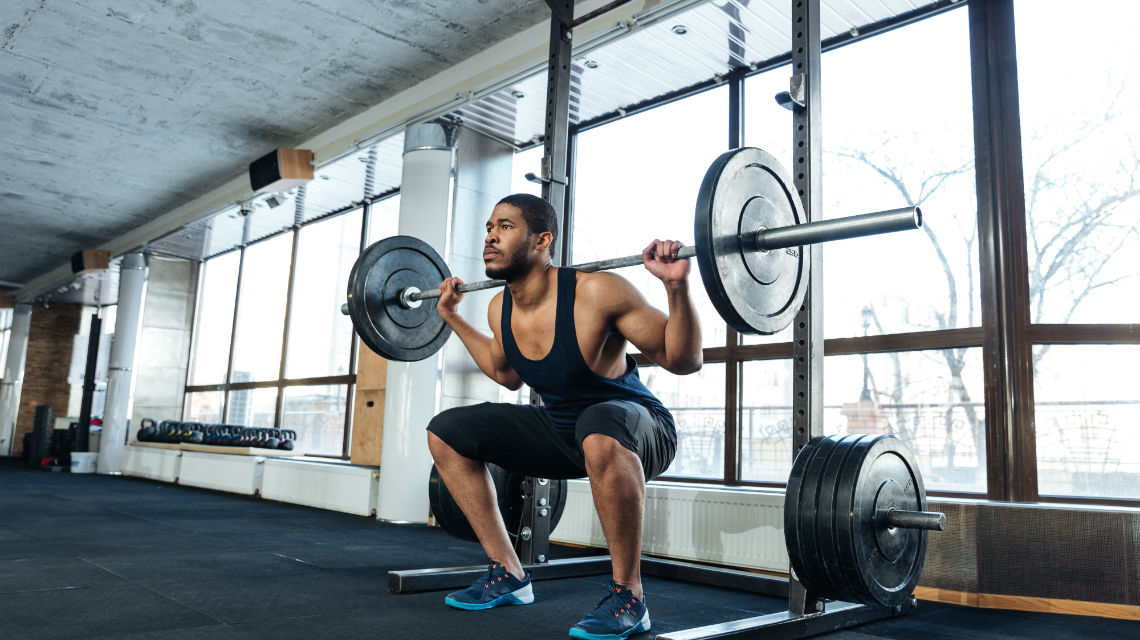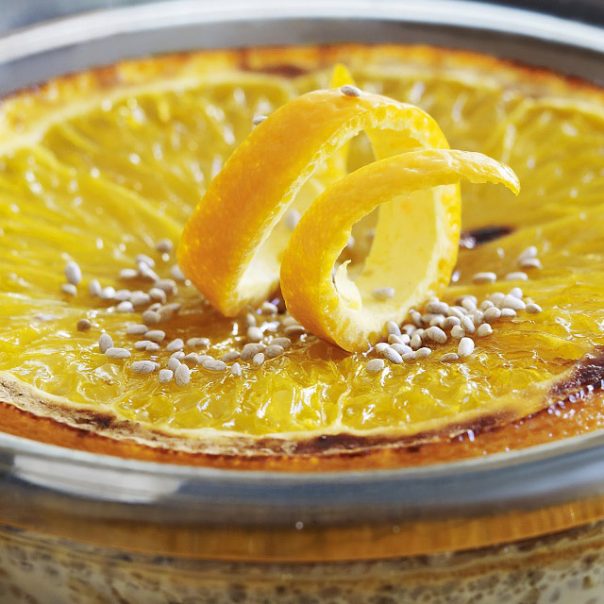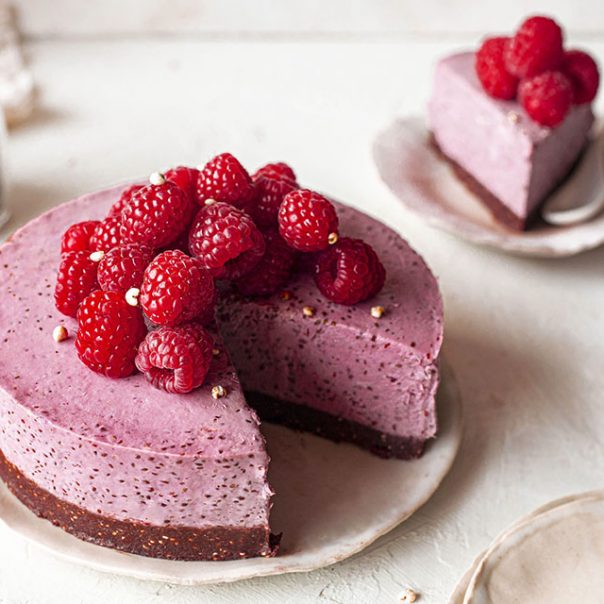Squats are an important part of any fitness regime, and not only because they help you look good in jeans! Squats are a functional exercise, which basically means that they are a real-life movement. From crouching down to tend to a fire, to lifting a box of books, us humans have been performing squats since the dawn of time. They’re often referred to as the ‘king’ of exercises, and with good reason.
As seen in:
Nearly every kind of workout includes some squats of some kind. You’ll find both body weight and power squats are a staple in circuit training, CrossFit, strength classes, dance fitness and boot camp style workouts. Yoga and Pilates include several variations of the squat, like the garland and malasana pose, and even ballet and barre workouts include them – plie, anyone?
Why you need to do them:
If you’re looking for a strength exercise that will deliver the best bang for buck, you need to be squatting. The movement targets many different muscle groups – obviously, your quads, hamstrings and glutes (those good-jeans muscles!), but it’s also a fantastic core strengthener. Squats help to increase mobility, improve balance and have even been linked to improved bone density and faster fat burning.
Body weight vs Power Squats
To weight or not to weight… the debate continues. The answer really comes down to personal preference; both body weight squats and power squats (with weights) deliver a fantastic workout. If you’re new to the exercise, it’s best to master the body-weight squat first off: once you’ve got the posture down, you can execute the movement fairly quickly and should aim to get to around 25 squats banged out in a single set. Once you’ve mastered this, try adding weights with either a weighted bar across your shoulders or holding a plate to your chest. With Power Squats, each movement is more intense so you’ll typically perform fewer reps (eight per set, for instance) at a slower rate. At the end of the day, as long as you’re doing squatting of some kind, you’re doing your body a huge favour.
Pro-tips for the perfect squat:
- Stand with feet shoulder-width apart or slightly wider. Your head should be facing forward, with your chest held up.
- Keep your balance by extending your hands straight out in front of you. You can bend your elbows and clasp your hands together if you like.
- Keeping your head forward and chest raised, sit downwards as if you’re sitting on a chair. You want to stop your back from rounding as you descend, so let your lower back arch slightly.
- Continue to lower down so your thighs are parallel to the floor, with your knees over your ankles.
- Focus on keeping those glutes tight as you push your weight through your heels to raise back up into your standing position.
Once you’ve got the basic move down, you can start looking at more ways to improve form and increase resistance. Take a look at the Greatist’s squat how-to for more tips.
Not great for…
When done correctly, squats are brilliant. But if you have mobility issues, such as stiff hip flexors or existing back problems, you might find keeping the correct posture difficult. Best to leave them out if you have any concerns, or check with your doctor. If squats are a no-go, don’t despair – there are plenty of other great exercises that you can do to target the glutes, quads and hamstrings.


